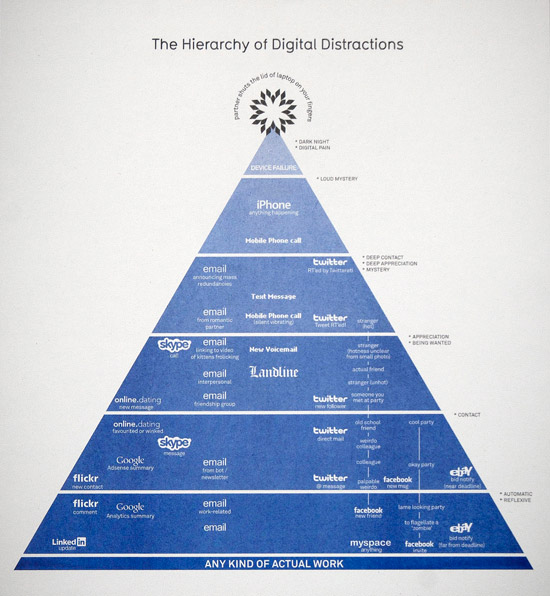Where learning goes, “Oooooo!”
Flashcards and sticky notes, and quizzes, oh my!
We see a lot of web tools at TeachersFirst. If a tool is free and we think it will be useful for students and teachers, we review it. Lately I have seen so many variations on sites to make quizzes, flashcards, and sticky notes, I am beginning to feel guilty even sharing them. It’s almost as bad as passing out printable worksheets over and over and over. I don’t want any teacher to think that “integrating technology” means nothing more than using an online quiz or flashcards for assessment or practice. Yes, these tools have a place (everyone needs to start somewhere), but they are no closer to harnessing the true power of technology than tying a horse to pull your car.
When cars first appeared, no one knew the impact they would have. No one thought of drive thrus or suburban sprawl or minivans and carpools. Automobiles were “horseless carriages” that happened to go farther and faster, replacing hay with gasoline. When user-creation tools on the web appeared, friendly and entrepreneurial folks found ways for web tools to simulate favorite classroom routines: flashcards, homework, quizzes, etc. Yes, they are more efficient, more easily shared, collaborative, and even “like” able. But they are still horseless carriages.
What gets me excited are the tools and resources that become activities I have never seen — and am itching to try! I want tools that make learning go, “Ooooooo!” As one of my colleagues said about today’s drill and kill environment, “We used to play more.” As we enter summer, I am on a mission to find more easy-to-use tools that go “Ooooooo” and are not simply electronic versions of what I did in school decades ago. I gravitate to the visual tools for creating and sharing, like Jux (once known as Jux.io). These tools take me, the creator, into an edge-to-edge visual space where I can show what ideas look like, juxtapose things, contrast or relate images, text, and more. A more basic tool that fits the bill is this simple tool from Critical Layouts that creates virtual picture cubes. Imagine the higher level thinking of creating a six image cube and asking what these images have in common, a la Guess the Google. Or challenging students to build their own cube of six images — including text — as a political ad or a depiction of the factors that lead to the Great Depression or today’s financial crisis. Or have them show what lures them into a their personal learning passion.
My learning passion is thinking of creative ways to use anything that I find and finding things that make me think in creative ways. Join me in making this the summer where learning goes, “Oooooo!”





 every American.
every American.





